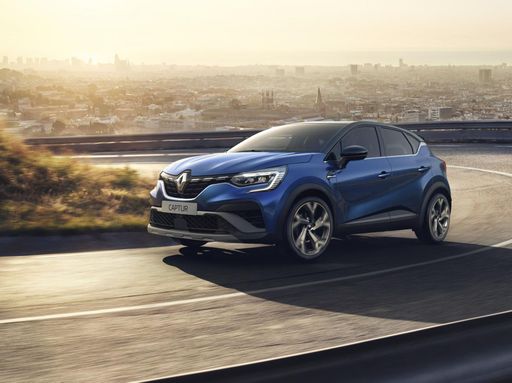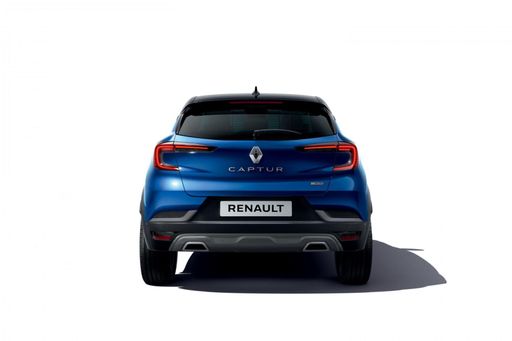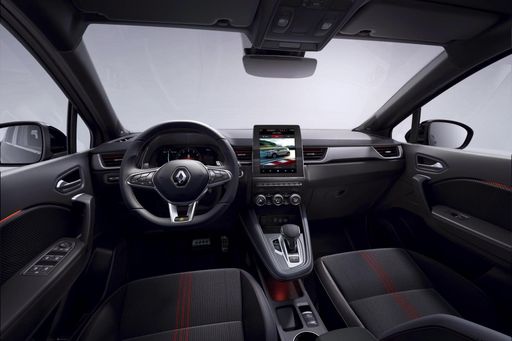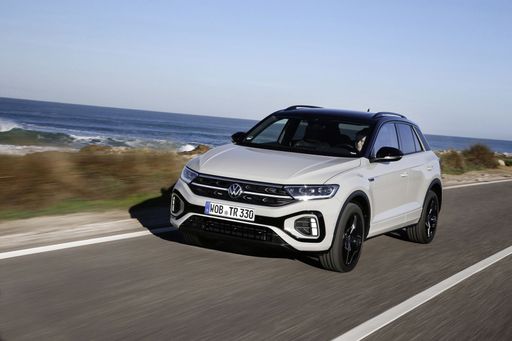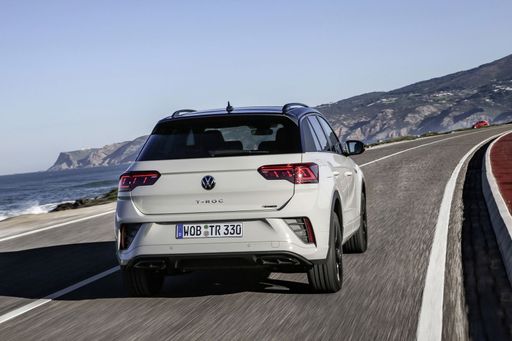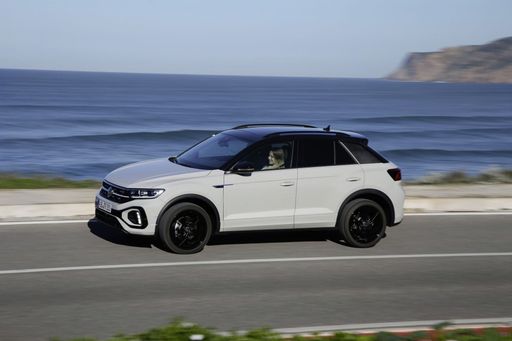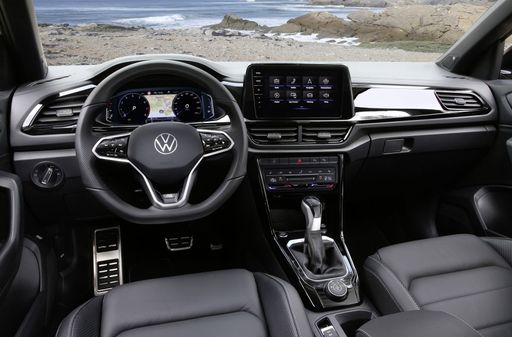Power and Performance
The 2024 model of the Renault Captur offers multiple engine types, including full hybrids, petrol mild hybrids, LPG, and pure petrol variants, ensuring a spectrum of options for diverse driving preferences. With power outputs ranging from 91 HP to 158 HP, and torque peaking at 270 Nm, the Captur promises a dynamic driving experience. Acceleration from 0-100 km/h varies from 8.5 seconds for the more powerful engines to 14.3 seconds for its less potent counterparts, with top speeds ranging between 168 km/h and 180 km/h.
Meanwhile, the VW T-Roc offers both petrol and diesel options with power ranging from 115 HP to an impressive 300 HP. Its top-performing variant reaches 0-100 km/h in just 4.9 seconds, making it a strong contender for those who crave speed. With its maximum speed capping at 250 km/h, the T-Roc stands out in terms of sheer performance, enhanced by torque ratings reaching up to 400 Nm.

